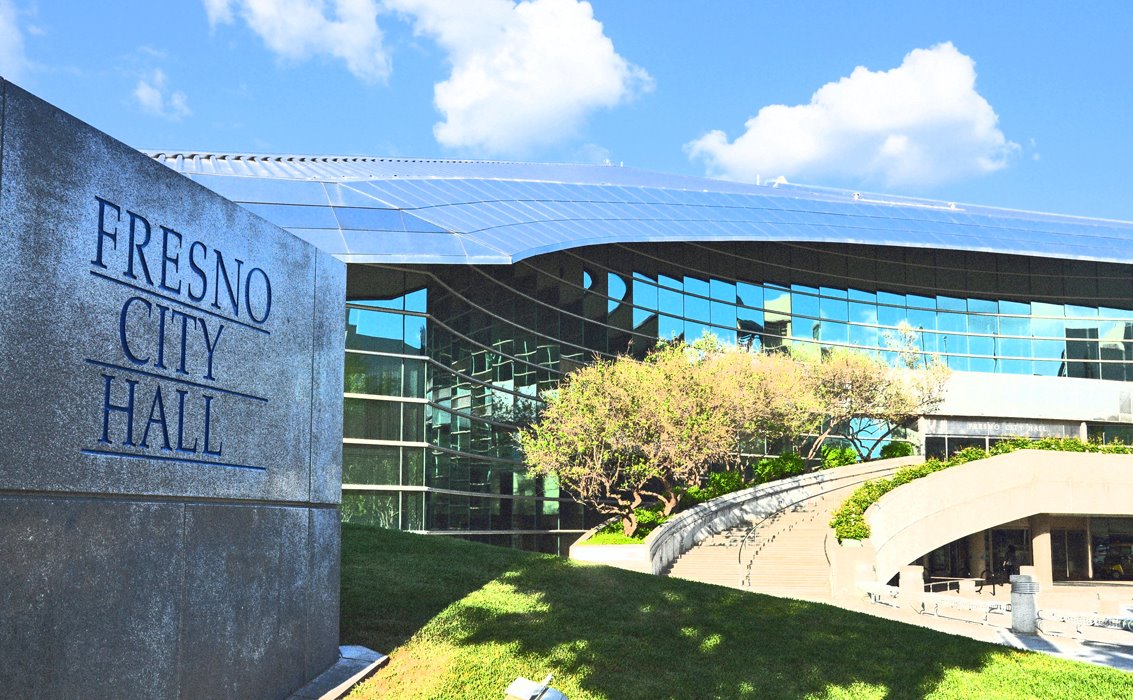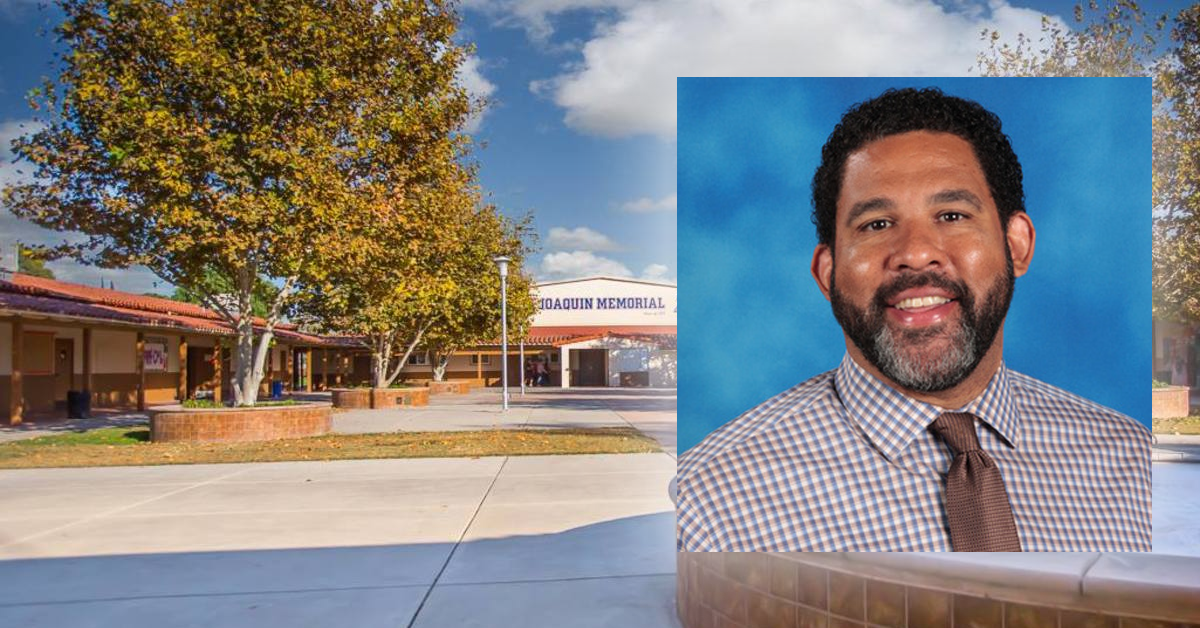Dr. Marc Edwards got me to thinking about catcher Johnny Edwards and Fresno’s discolored water problems.
Needless to say, I was confused. So, as I always do in these situations, I went to see Public Utilities Director Tommy Esqueda.
A half-hour chat led to an inescapable conclusion: It’s time for the nation’s water engineers to catch up to the nation’s baseball fanatics.
Permit me to backup a bit.
My Thursday afternoon began with a trip to City Hall and a visit with Communications Director Mark Standriff. I learned that the City Council in the morning had approved consulting contracts with two of America’s foremost experts on plumbing corrosion in single-family homes.
The first deal ($150,000) brings on board Dr. Edwards, a professor of environmental and water resources engineering at Virginia Tech.
The second deal ($200,000) snags Dr. Vernon Snoeyink, professor emeritus at the University of Illinois at Urbana-Champaign.
Both profs are familiar to close observers of the Northeast Fresno water mess. City Hall brought them in recently to give a quick (and public) analysis of events in that part of town.
City officials now want something more substantial from Edwards and Snoeyink. Exactly what is outlined in a staff report.
“The contracts before Council today will retain the services of these uniquely qualified consultants for additional laboratory testing, field testing, and research related to alternative corrosion control treatment strategies for galvanized pipe under cold water conditions, hot water conditions, and stagnation water conditions,” wrote Georgeanne White, Public Utilities assistant director.
“While the City has been compliant with state and federal regulations, and the (water) system has been optimized for reduced lead and copper corrosion, the presence of galvanized pipe corrosion in NE Fresno is a concern for the City. While Dr. Edwards and Dr. Snoeyink have reported that galvanized pipe is a poor material choice for residential plumbing – especially for hot water conditions and stagnant water conditions – the City desires to determine the technical feasibility of developing a water chemistry that can be applied at the City’s surface water treatment facilities to reduce the incidence of galvanized pipe corrosion problems in a system that receives both surface water and groundwater, and in the presence of hot water and extended periods of stagnation.”
I love those three sentences, mouthful though they are. To recast White’s thoughts with some poetic license:
1.) There’s a 12-year-old surface water treatment plant in Northeast Fresno.
2.) There’s a 12-year-old discolored water problem in Northeast Fresno.
3.) The connection between No. 1 and No. 2 surfaced in early 2016.
4.) A stunningly complex engineering challenge and an ugly political fight in the midst of a tight mayoral race were the result.
5.) A new surface water treatment plant in Southeast Fresno is just around the corner.
6.) Heaven help City Hall if the new plant leads to the same problem in the rest of town.
City officials could simply shrug their shoulders at the threat of future woes with water from the Southeast plant. “Corrosion?” they could say to customers in 2022. “Get new pipes.”
Instead, Mayor Ashley Swearengin wants to see if there’s a water-chemistry formula that fixes things up front.
Professor Edwards, Professor Snoeyink – the pressure’s on you.
They’re going to spend weeks, maybe months, testing various combinations of Fresno water (obtained from many sites), Fresno pipe and chemicals.
The underlying message: There are a ton of possible combinations, and each combination can lead to a different outcome in a municipal water system.
It was at this point in my Thursday afternoon explorations that I thought of Johnny Edwards.
Edwards spent 14 seasons as a catcher in the pros. He was born in 1938 and made his big league debut in 1961 with the Cincinnati Reds. And it was in 1959, as a 9-year-old, that I really got interested in the statistics of major-league baseball players.
There were only 16 teams back then, so the obsession didn’t tax my simple mind too much. I wasn’t a Reds fan, but that didn’t matter. I followed the players on all the teams. Baseball cards and The Bee sports section were my ticket to the statistical joys of Frank Robinson, Vada Pinson, Gus Bell, Wally Post and Jerry Lynch.
Along came 1961 (the American League expanded that year) and Johnny Edwards’ ho-hum rookie year: .186 batting average in 145 official at-bats, two home runs, 14 RBIs.
Still, Edwards had become part of my adolescent consciousness. (Maybe it was the post-season that did it. The Reds won the National League pennant, but fell in the World Series in five games to the New York Yankees. Edwards went 4-for-11 — .364 — against the Bronx Bombers; he had the highest batting average among Reds players with at least 10 at-bats.)
The next four years, all with Cincinnati, were Edwards’ best. He hit above .250 in each and was named to three All-Star teams. He finished his career with Houston in 1974. Lifetime batting average: .242.
I could go on and on about Edwards’ major-league baseball career. The information on his performance from the first day to the last could fill a book. It’s all on the Internet.
And that was precisely my point to Esqueda when, thanks to Standriff, we met at City Hall late Thursday afternoon.
I began our chat by recalling a subject Esqueda and I had chewed on a few weeks ago: The difference in college between journalism majors (such as myself) and engineering majors (such as Esqueda).
Speaking for journalism majors, I had generalized that in the wake of mid-terms or finals we typically got together and partied. The trials of Elijah Lovejoy were the last thing on our minds. We wanted to let off some steam.
Speaking for engineering majors, Tommy had generalized that in the wake of mid-terms or finals he and his ilk got together and reviewed the test just taken. “What did you think of question 6? What was the professor getting at in question 9?”
Journalism graduates and engineering graduates rise to their own levels. Ugh!
I said to Esqueda on Thursday: “Tommy, I’ve got just one question for you.”
“Just one?”
“Yup, just one. Thanks to the wonders of modern science, I can go on the Internet and find out what Joe Podunk, second baseman for Topeka Ground Squirrels, did in the second game of a doubleheader on Aug. 23, 1893. That’s because baseball nuts get every statistic they can find, then memorialize everything for posterity. These baseball nuts are regular folk. Nothing especially professional about them. They simply understand that it’s impossible to say for sure whether a statistic is unimportant. Life is full of mysteries. A statistic that might seem irrelevant could be combined with other statistics that seem unrelated and produce a stunning conclusion. Baseball nuts know this. So, they gather and centralize statistics 24/7/365.”
Esqueda nodded. He’s a patient man.
I continued my spiel.
“Now the city has hired Dr. Edwards and Dr. Snoeyink. And they’re going to go to their universities and start testing. They’re going take all these water samples and all these pipe samples and all these chemicals and put them in various combinations to see if Fresno can find a formula to avoid a disaster with the Southeast surface water treatment plant. Here’s my question, Tommy. Have water engineers from across America taken a page from baseball nuts and over the last 50 or 100 years compiled a huge book that lists each and every attempt by every municipal water system to combine water and pipe and chemicals into a formula that produces safe, clean water and political peace? If there is such a book, Tommy, it seems to me Edwards and Snoeyink could open it and find examples where water engineers somewhere, sometime in the United States had already gone down the path they were embarking on. And if there isn’t such a book, Tommy, then it seems to me the profession of water engineering has a lot of catching up to do with baseball nuts (and the occasional journalism major among them).”
Esqueda took no offense. He enjoys a philosophical tussle when he has the time. In fact, before we began our formal chat, Esqueda reviewed for me yet another of the unusual challenges in the Northeast water issue. It turns out that at least one residential water customer was recently plagued with murky, almost milky-colored water.
The factors involved include calcium added to treated surface water to coat the pipe corroded earlier by surface water; groundwater from a certain well that contains an unusually large amount of carbon dioxide due to the decaying of once-living matter deep underground; the periodic movement of high-acidic water through this customer’s pipes; the interaction of high-acidic water with the calcium that had begun to coat the pipes in the expectation that this would stop the presence of rust-colored water; the corrosion of the calcium, thus delivering murky, milky-colored water to the customer; and the design of holding ponds at the Northeast plant, and how the failure during construction some 15 years ago to make one of these ponds big enough has snowballed into a major hurdle in fixing the overall discolored water problem of today.
Esqueda even drew a diagram on his whiteboard of how all this meshes.
In the middle of my long windup to my one question, I had pointed to the diagram as the perfect example of my point. Every city, town and village in America must have had water problems like that, problems that caused water engineers to think, explore, test, adjust, try again.
Where’s that big book of collected data from all those water engineers with the passion for professionalism?
Esqueda said the book doesn’t exist. But someday it might. If that were to happen, he said, it almost certainly would be a specific office of the federal Environmental Protection Agency that would do the collecting and analyzing.
Where is that office located?
“Cincinnati.”











